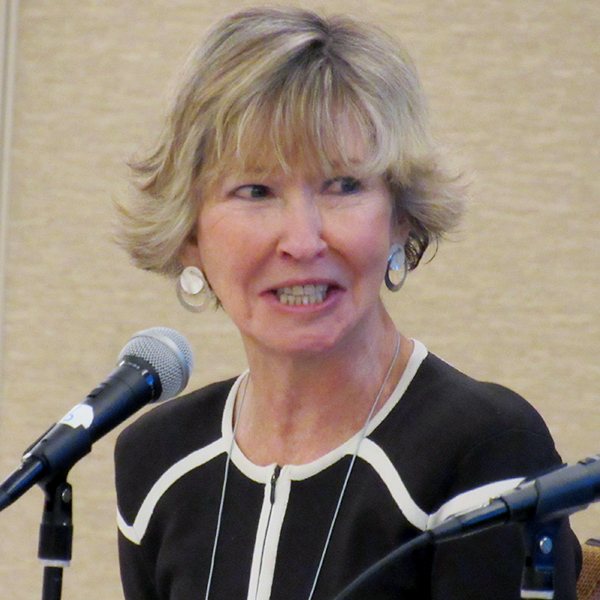By Hudson Sangree and Michael Brooks
The federal judge overseeing PG&E Corp.’s Chapter 11 bankruptcy granted a motion by the California Public Utilities Commission on Wednesday to hold off on deciding whether to terminate the utility’s exclusivity period while it attempts to create a process for choosing among the several competing plans.
A group of unsecured bondholders on Tuesday had requested that Judge Dennis Montali, of the U.S. Bankruptcy Court for the Northern District of California, terminate PG&E’s exclusivity — the time it has to offer a reorganization plan without the judge having to weigh competing proposals — in light of the enactment of Assembly Bill 1054 earlier this month.
Signed by Gov. Gavin Newsom on July 12, the law includes a $21 billion fund to pay wildfire claims, with the goal of shoring up shaky utilities. (See Calif. Wildfire Relief Bill Signed After Quick Passage.)
“The debtors’ legislative requirement was addressed on July 12,” the ad hoc committee of senior unsecured noteholders told Montali in court papers. PG&E would have to emerge from bankruptcy by June 30, 2020, to take advantage of the measure’s provisions. The unsecured bondholders — a group of 25 banks, mutual funds and others — say that makes getting PG&E out of bankruptcy more urgent. They encouraged the judge to accept their proposal, which would pay off or refinance their notes.
“With the recent inception of the 2019 wildfire season and the impending June 30, 2020, deadline, it is now time to move these cases as quickly as possible towards emergence,” the bondholders’ lawyers wrote. “Unfortunately, to date the debtors have almost entirely failed to do so” and instead have sought legislative help to securitize equity in the company to protect shareholders and raise capital.
But on Wednesday, Alan Kornberg, an attorney representing the California PUC, told Montali that the commission is “keenly interested” in the bondholders’ plan, as well as a competing plan by insurers with more than $20 billion in unsecured claims against PG&E for payments made to wildfire victims.
Any exit plan would need to be approved by the commission, and it is “vital” that be done by the June 2020 deadline, Kornberg said. Both the commission and Newsom want a competitive process, and he acknowledged the request was an unusual one, “but we cannot permit competition to turn into chaos.” He asked Montali to give the commission and PG&E two weeks to work out a process and timeline for evaluating the different plans.
The bondholders’ lawyer, Michael Stamer, objected to the proposed delay, calling it “an unprecedented, undocumented road to nowhere.”
“Everyone is in violent agreement that every day counts, and two weeks is a long time,” Stamer said.
This did not persuade Montali, however. He noted that he had only received the bondholders’ 33-page plan Tuesday morning and finished going through it at midnight, indicating he was not prepared to rule on the exclusivity motion that day anyway.
Montali also noted that the bondholders were not the only ones seeking to terminate exclusivity. “The one thing we don’t need, more than anything, is a lot of lawyers writing a lot of briefings that don’t need to be written, and one judge reading all the briefs that don’t need to be read,” he said.
He set Aug. 9 to hear the results of the PUC and PG&E’s discussions, and Aug. 13 to rehear the bondholders’ exclusivity motion. A hearing to consider the insurers’ exclusivity motion was already set for that day.
Montali has wide latitude to consider the competing plans. He ended exclusivity early during PG&E’s prior bankruptcy case in the early 2000s, allowing the PUC to offer its own reorganization plan.
The judge warned PG&E’s lawyers in May he could revoke exclusivity if he saw fit. “This judge has never been a fan of exclusivity but is a fan of practical consequences,” Montali said. He explained at the time he did not want to deal with competing reorganization plans that might be unworkable.
“The proposal would hold PG&E accountable for wildfire liability, maintain price stability for PG&E’s ratepayers [and] contribute billions of dollars to California’s wildfire recovery fund,” the insurers said in a news release.
Their plan provides for payment of victims’ wildfire claims through a settlement trust, with a $5 billion contribution to the state’s recovery fund for future wildfire claims that was part of AB 1054.
Subrogation claimants would be paid 90% of their claims with shares in the company, “thereby reducing the amount of new money necessary for PG&E to exit Chapter 11,” they said.
Like the unsecured bondholders, the unsecured insurers stand to lose in the PG&E bankruptcy because they would have to get in line behind secured creditors whose claims will be paid first.
PG&E cited billions of dollars in wildfire liability when it filed for bankruptcy in January. The company has been blamed for starting major fires in 2015, 2017 and 2018, including last November’s Camp Fire, the deadliest in state history.



